
Drive growth by designing brilliant, simple experiences
In this difficult period, growth must seem like a past pipe dream for many businesses. But as we settle into this new landscape, organisations will need to rapidly change and adapt to the markets they operate in.
We see many parallels between growth and change. Both require an experimental mindset, a deep understanding of your customers and the need ship faster than your competitors.
As customer problems change, you need to make sure your experience meets new demand whilst ensuring overall consistency. How many times have you seen, or worked on, a new product that has great technology but a confusing user experience?
“73% of brands are struggling to provide a consistent digital experience.”
Clicktale
Consistency is particularly challenging for B2B SaaS businesses, who often find themselves tailoring a product to meet the needs of a specific buyer. The chase for growth means teams bend the rules to satisfy a single customer, costing them coherence and experience for the many.
At Idean, we’ve been helping scaleups tackle this challenge and would like to share how a small, cross-functional team on the right mission can have a huge impact in a short amount of time.
How do I know if my product experience is impacting growth?
We often find there are four signals that indicate you may need to take action and improve your experience. They might not all be evident, so if one becomes apparent then it’s worth taking a closer look.
“My product team are making gut decisions in reaction to sales team needs.”
This risks fragmented user journeys and lack of prioritisation leads to a confusing user experience.
“My design team is at 110% just updating old user journeys.”
This leads to inconsistent user experience and misalignment with brand and marketing lead to an increase in design debt.
“Engineering are spending more time on fixing old things than finessing new things.”
Your focus shifts away from creating an exemplary user experience. This means accessibility, motion and consistency fall.
“My customers are churning and growth is slowing.”
You need to watch out for long term damage to the bottom line and ever-increasing pressure to play it safe.
Ultimately, the long term impact is an increasingly fragmented product that confuses users, costs more to maintain and negatively impacts sales.
What can great design do about it?
It’s no secret that design can add a huge amount of value to your business.
“Companies that integrate design thinking into corporate strategy can outpace industry peers by as much as 228%.”
Design Value Index
There’s no one-size-fits-all process that lets design unlock growth, but here are some ways you could get a team to take stock, redefine the problem and step forward with focus:
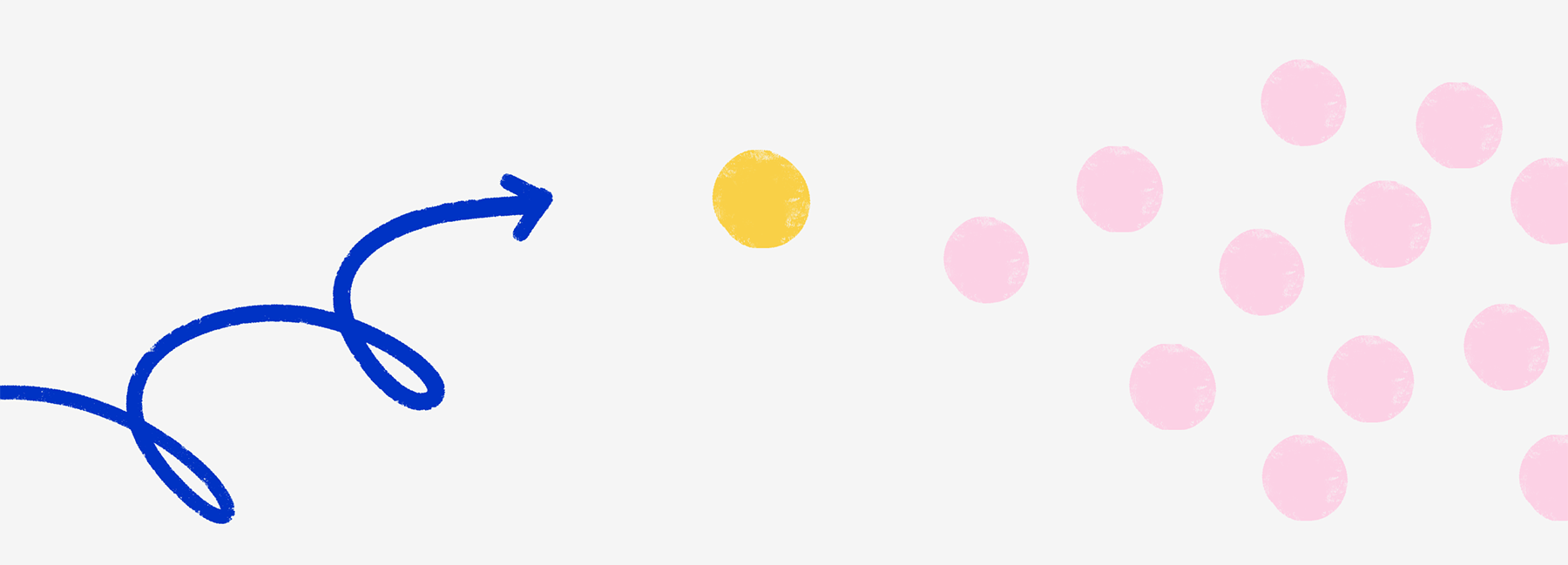
1. Find out if you are designing for the right person
“The number one problem I’ve seen for startups, is they don’t actually have product/market fit, when they think they do.”
Alex Schultz — Facebook
We recently used deep user research to help a client identify an untapped market that could benefit from their technology. Whilst they were busy focussing on scaling, their market shifted beneath them, meaning they were no longer building for the right person. This limited their growth potential.
With a growth segment identified, the team went on to design and build a new version of the product; all within 100 days. This rapidly unlocked new sales opportunities and new markets.
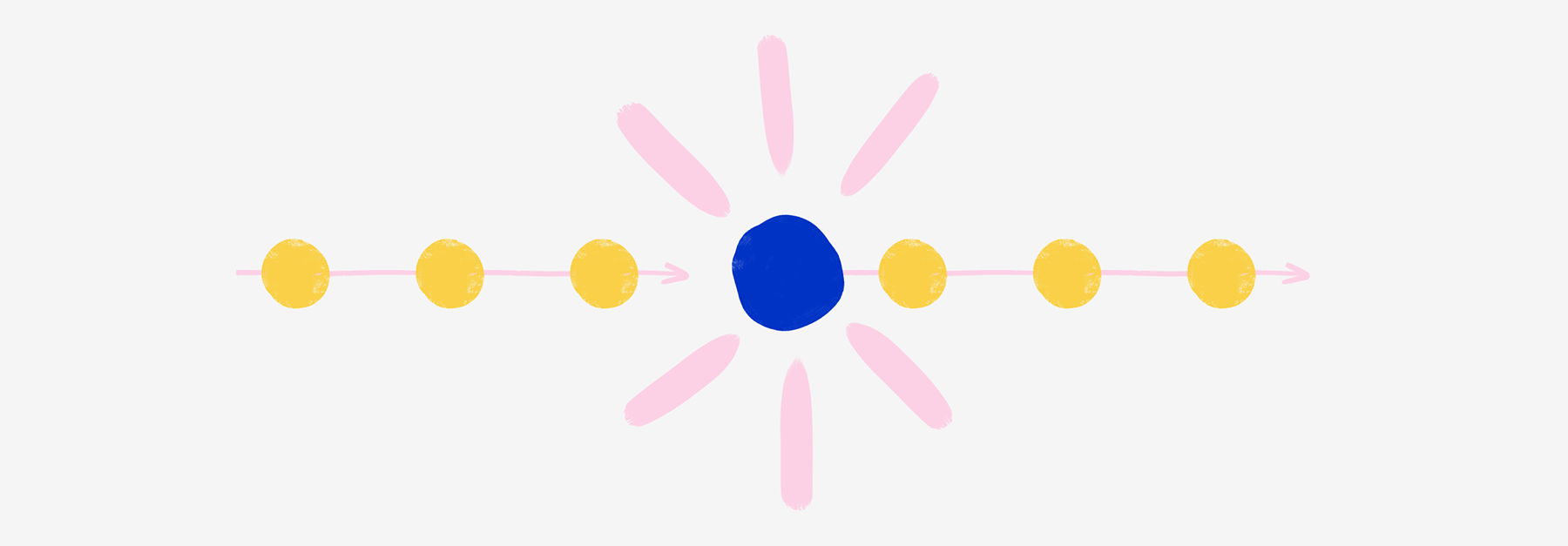
2. Identify your signature moments and level up the experience
Everyone with a Monzo card has experienced the moment someone asks, “I love the colour of your card, what company is that?
Within every product experience (yes, even tax returns) there are moments that could delight users. It could be functional, like a simple one-click process that previously took minutes. Or it could be an interaction, like a seamless and engaging onboarding animation.
Rigorous research will identify these signature moments and stellar design will bring them to life. Without them, you risk creating a flat experience that isn’t differentiated from your competitors.
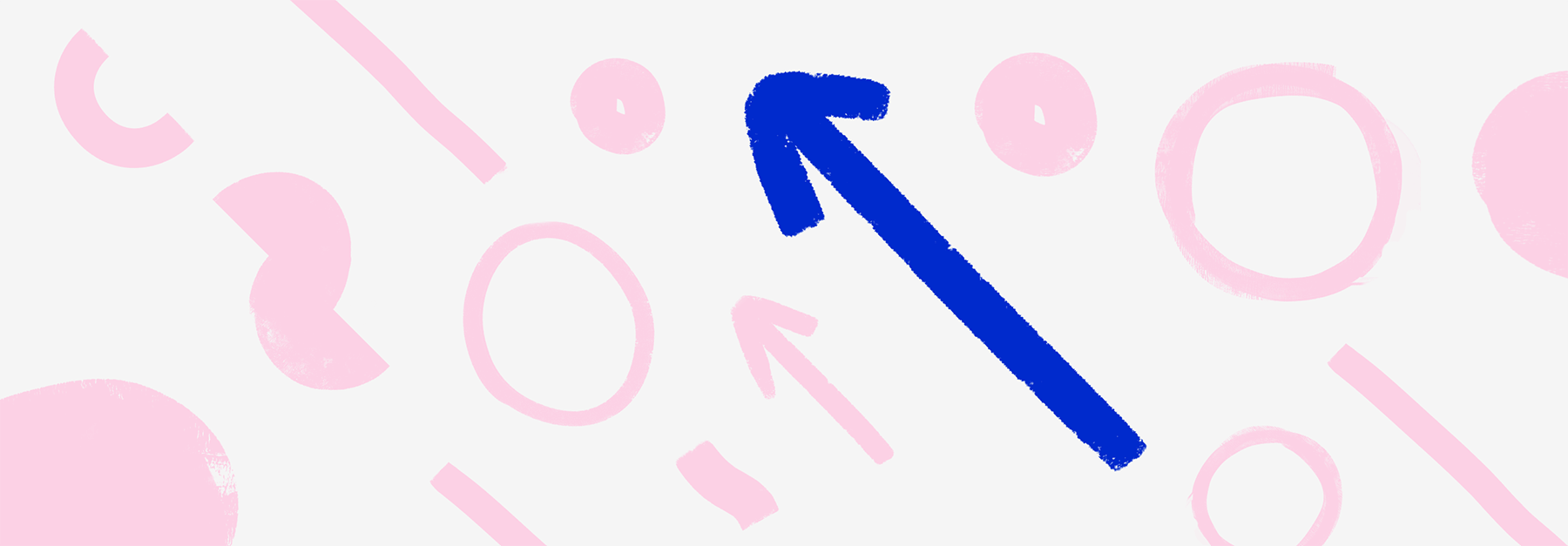
3. Turbocharge your brand
As you scale, cracks can form between product, marketing and sales. Your brand can only bridge these gaps for so long.
Great brands are built on meaningful principles that allow them to flex to meet the needs of any product, channel or campaign. It’s likely your brand could have been conceived with a small user base and little insight into their needs; it’s important you address this over time.
It’s important to be mindful of how your brand manifests in the product experience. Take, for example, a recipe startup that shares how to make three-minute meals. Should your product feel educational, and carefully coach users? Or should it feel adventurous, as users explore and learn new cuisines? Conversely, it could feel minimal and refined, letting rich food imagery take centre stage.
This is a critical decision as you scale; getting it right will directly drive acquisition and retention. A rigorous set of experience principles (grounded in solid research) will guide your brand and product experience in the right direction.
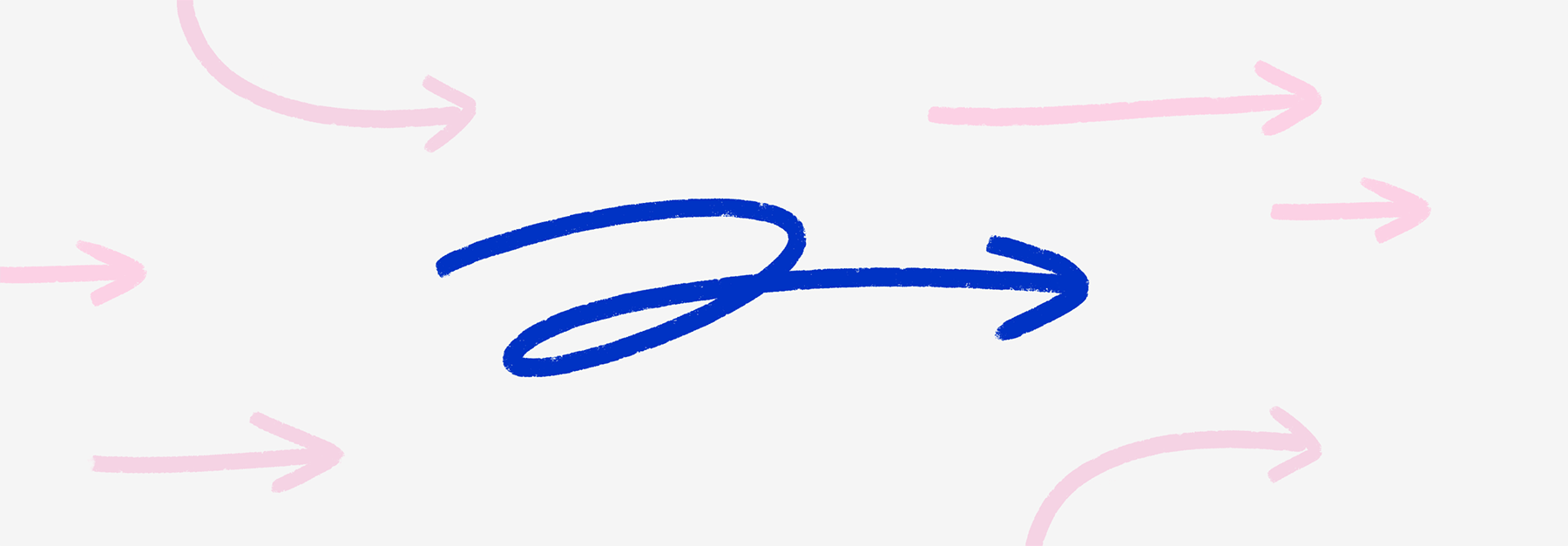
4. Iterate rapidly with your users setting the direction
“Only 12% of early-stage startups and 32% of mid-stage startups use qualitative research.”
NEA Future of Design In Startups
The sheer amount of effort required to scale smart tech and data platforms can mean the user is not front and center of engineers’ minds. It’s critical that every person on the team has exposure to real users through research and collaboration.
A great way to do this is to pair individuals who don’t normally work together to solve a specific challenge identified within your user research. Testing doesn’t have to just be click throughs and prototypes. Take a B2B analytics platform for example; why doesn’t your data scientist sit with customers, apply different models to their data and explore ideas that best solve their needs?
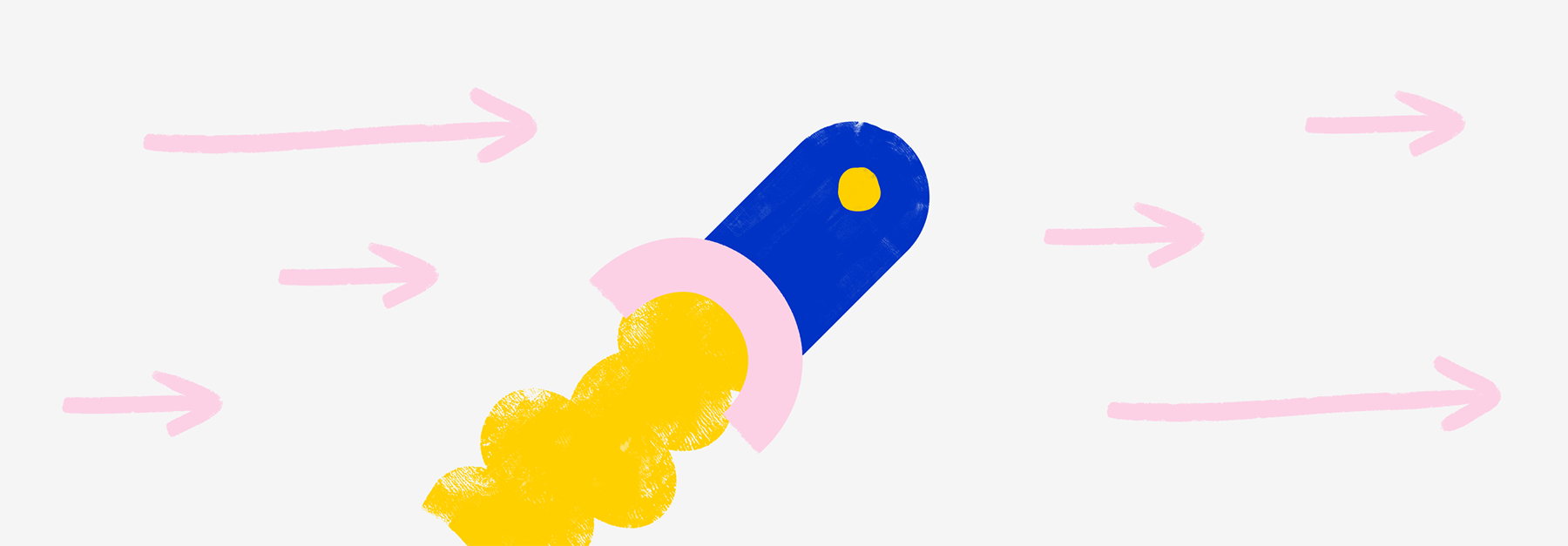
5. Lay the foundation for growth and accelerate the vision with a design system
So you’ve identified the growth audience, boosted your brand and defined what you’re going to build first. Now you need to deliver – fast.
It’s inevitable that you’ll have to change some aspects of your product to deliver the specific capabilities that your growth audience needs. You might hear cries of ‘but we can’t afford to spend time building it’. But if you set up correctly you can actually accelerate growth through creating a design system that can be reused across your product.
Your new user journeys are the perfect catalyst for this process. Through prototyping, navigation can be standardised, components refined and animations considered. Engineering can build this new world without concern for technical debt. This enables you to get to market faster, then over time your new system organically replaces the old.
How will I know if it’s working?
Product, design and engineering can all be impacted if you don’t recognise the importance of design as you scale.
But what does it look like when you get it right? Here are some signals that you’re on the right track:
Time to value has reduced. Customers understand the value of your product faster than ever before, accelerating the rest of your metrics. This is enabled by smart design that eliminates friction. Pick a metric and track it over time, such as time taken from signup for a customer to experience their first signature moment.
An increasing number of customers could not live without your product. The Sean Ellis test is a great way to continually measure the impact your design decisions are having on your overall product.
The voice of the user is always in the room. Whether in a sales meeting or raising more funding, nothing is more compelling than being able to say “Our users want x, so we built x, and here’s how it works”.
Your design system is accelerating change. Teams can prototype, build and launch interfaces at record speed by using a design system, and component library.
Your product experience blows competitors out of the water. User reviews aren’t flat. Instead they rave about how great your product is to use. It’s fun and exciting to them.
If you don’t recognise the importance of design as you scale, your product, design and engineering can all be impacted. We’ve seen it happen time and time again. But taking the time to redefine the problem will allow you to step forward with focus – and see the results fast.

Ben is a big fan of listening to users, simplifying complex problems and prototyping ideas to demonstrate their value.
We respect your privacy
We use Cookies to improve your experience on our website. They help us to improve site performance, present you relevant advertising and enable you to share content in social media. You may accept all Cookies, or choose to manage them individually. You can change your settings at any time by clicking Cookie Settings available in the footer of every page. For more information related to the Cookies, please visit our Cookie Policy.